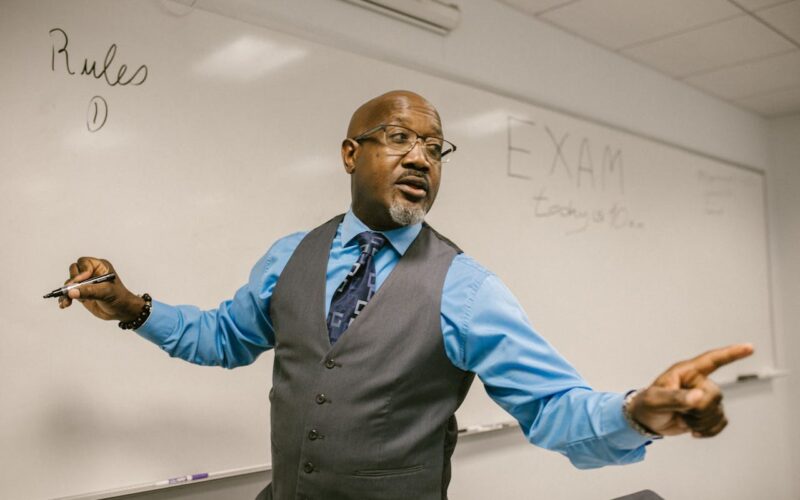The ’90s school experience was wildly different from today’s. Rules back then often prioritized control over compassion, and many policies were more about punishment than understanding. What passed as “normal” discipline in the 1990s would raise serious concerns today, and in some cases, violate current laws or best practices. From public shaming to banning expression, here are 12 school rules from the ’90s that would be completely unacceptable in today’s classrooms.
1. Corporal punishment
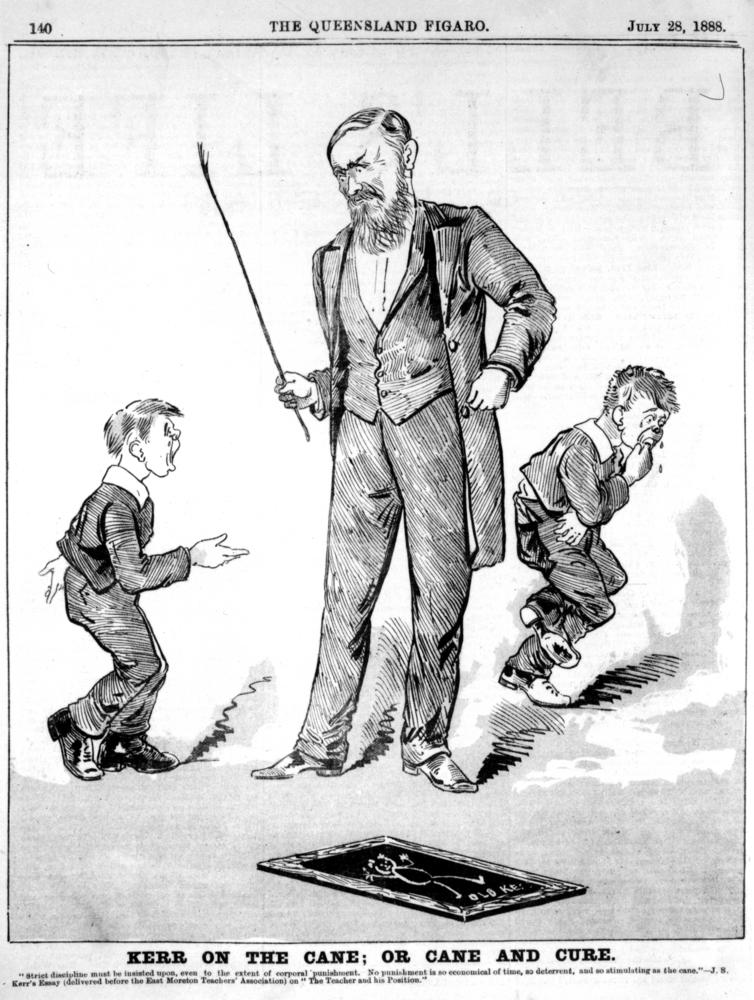
Getting paddled in the principal’s office wasn’t just a myth, it actually happened in many schools. Back then, some states allowed physical punishment to enforce discipline. Today, most schools have banned the practice due to its harmful psychological and physical effects. Students are now protected by policies that prioritize restorative approaches over fear-based discipline. The shift reflects a growing understanding of child development and trauma-informed education.
2. Strict dress codes targeting girls

Dress codes in the ’90s disproportionately policed girls’ bodies. Tank tops, short skirts, or even bra straps could get a student sent home. These rules often reinforced sexist ideas about “distraction” and modesty. Today, such policies are being reexamined through a more inclusive, equitable lens. Many schools are moving toward gender-neutral dress codes that focus on comfort, self-expression, and avoiding body shaming.
3. Zero tolerance for hair color
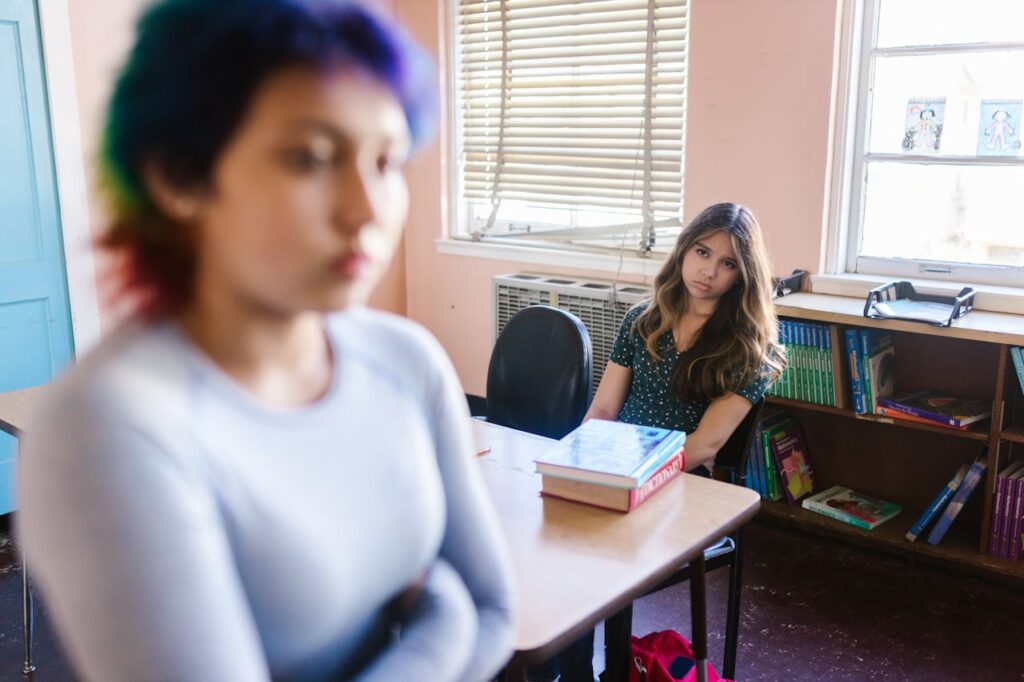
In many ’90s schools, brightly dyed hair was considered rebellious or disrespectful. Students were punished or asked to change their hair to conform. Today, schools are recognizing that hair color doesn’t affect learning or behavior. Creative expression, including hair choices, is increasingly protected. With more inclusive policies in place, teens no longer have to sacrifice individuality to follow outdated norms.
4. Bans on LGBTQ+ discussions

It was common for teachers and students to be prohibited from discussing LGBTQ+ topics in the ’90s. “Don’t say gay” environments left many students feeling isolated. Today, while debates still continue, many school systems now encourage safe spaces and open conversations around gender and sexuality. Support groups, inclusive curricula, and anti-bullying initiatives are slowly replacing silence with understanding.
5. Metal detectors and random locker searches
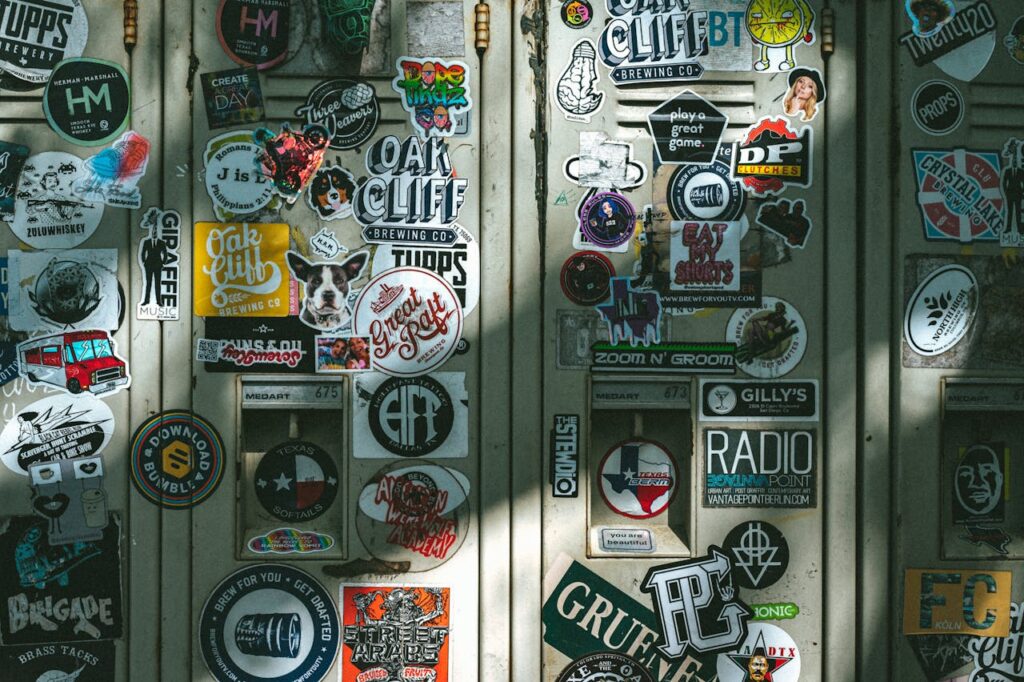
After high-profile incidents in the late ’90s, schools responded with heightened surveillance, metal detectors, security cameras, and random locker checks. While safety is still a concern, many educators now question the psychological toll of treating students like suspects. Modern approaches emphasize building trust and using targeted interventions, rather than blanket surveillance that can make schools feel more like prisons.
6. No backpacks allowed in class
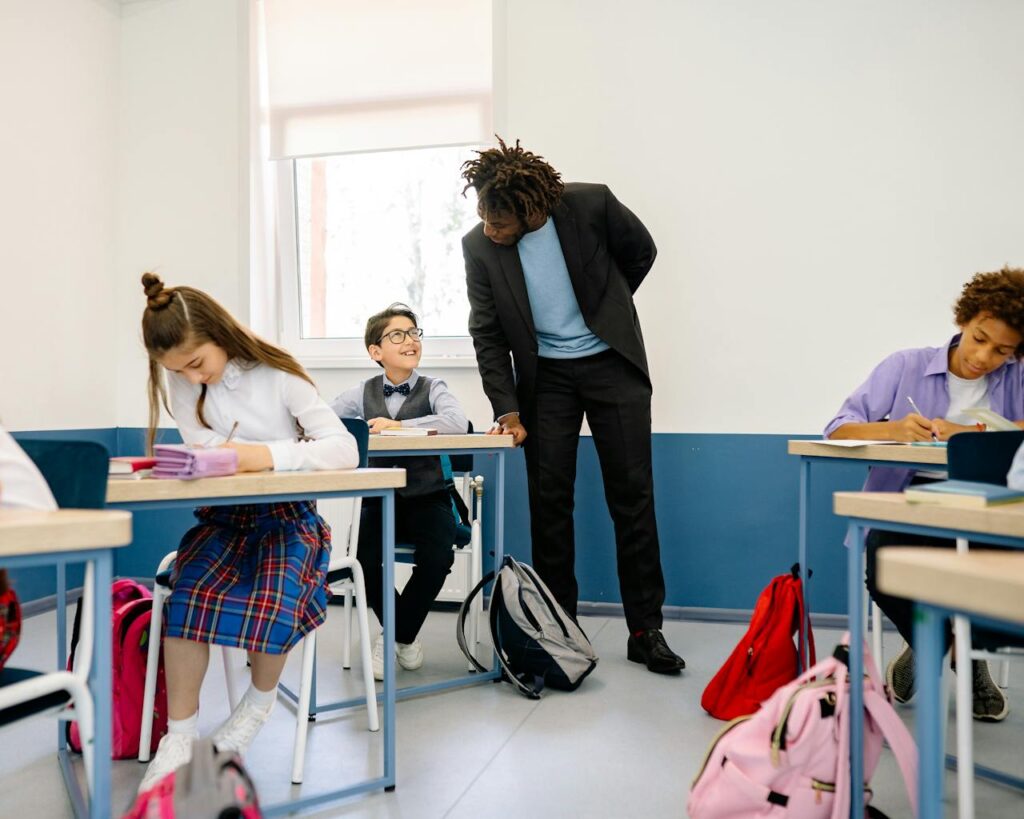
Some ’90s schools banned backpacks in classrooms, fearing they could conceal weapons or distractions. Students had to juggle armfuls of books between classes. Today, such rules are seen as impractical and even unsafe, especially with digital devices becoming a key part of learning. Most schools now balance safety with accessibility, offering reasonable bag policies without burdening students.
7. Silencing students with duct tape or humiliation

Teachers using duct tape over mouths or public shaming to discipline kids was once disturbingly tolerated. These methods were framed as jokes or quick fixes. Today, such tactics would likely lead to suspension, or lawsuits. They’re now recognized as abusive, damaging student trust and mental health. Modern behavior strategies emphasize communication, not humiliation, as the foundation of discipline.
8. Tracking bathroom breaks

In the ’90s, students often had to sign out with time stamps, or worse, carry a “bathroom pass” object, to use the restroom. Some were punished for going “too often.” Today, such practices are being rethought. Over-monitoring students’ bathroom needs is now seen as controlling and disrespectful. Schools are moving toward policies that respect bodily autonomy and prioritize health over arbitrary control.
9. Banning walkmans and Discmans

Bringing a Walkman or Discman to school could get you in trouble, even if you only used it between classes. Educators feared music would distract students. Now, while phone use is still debated, music is often used in classrooms to aid focus or relaxation. Schools have become more flexible, understanding that music can actually support learning when used thoughtfully.
10. No talking at lunch

Some ’90s schools enforced silent lunch periods, especially as punishment. Kids were expected to eat in silence to “reflect” on behavior. Today, these policies are widely criticized for denying students social interaction, something that’s essential to development. Lunch is now considered an important time for building friendships and decompressing, not a period for continued control.
11. Automatic suspensions for fighting back
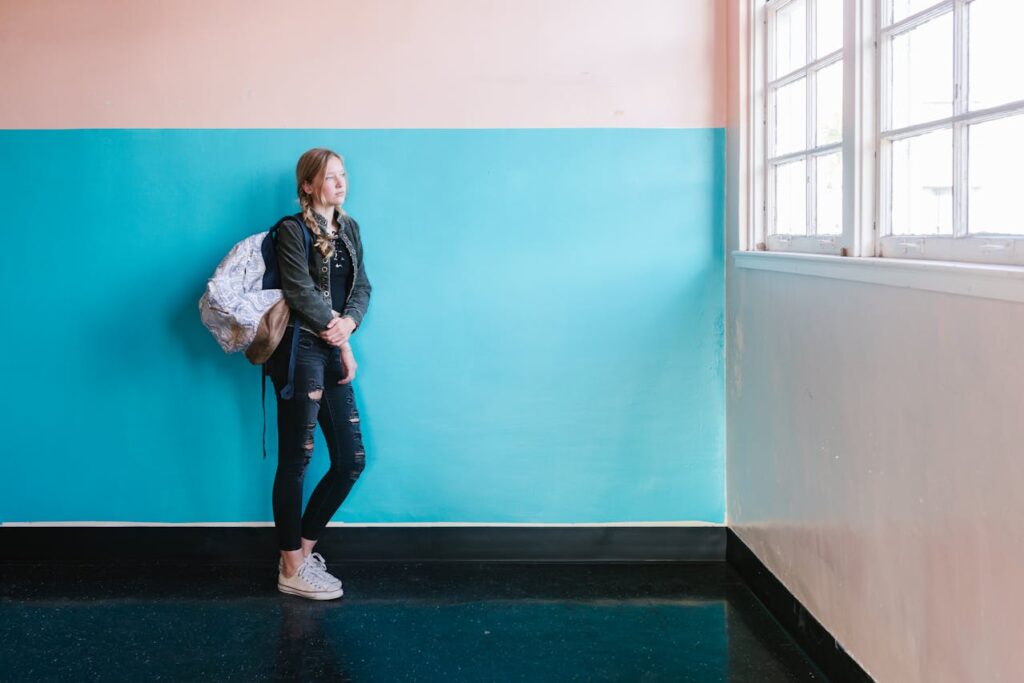
Zero-tolerance rules meant students who defended themselves during a fight often got punished just like the aggressor. Context didn’t matter. Today, many schools are rethinking that model. Restorative justice approaches now aim to understand root causes and avoid blanket suspensions. While violence is never encouraged, defending oneself is increasingly seen through a more nuanced lens.
12. Group punishment for one person’s mistake
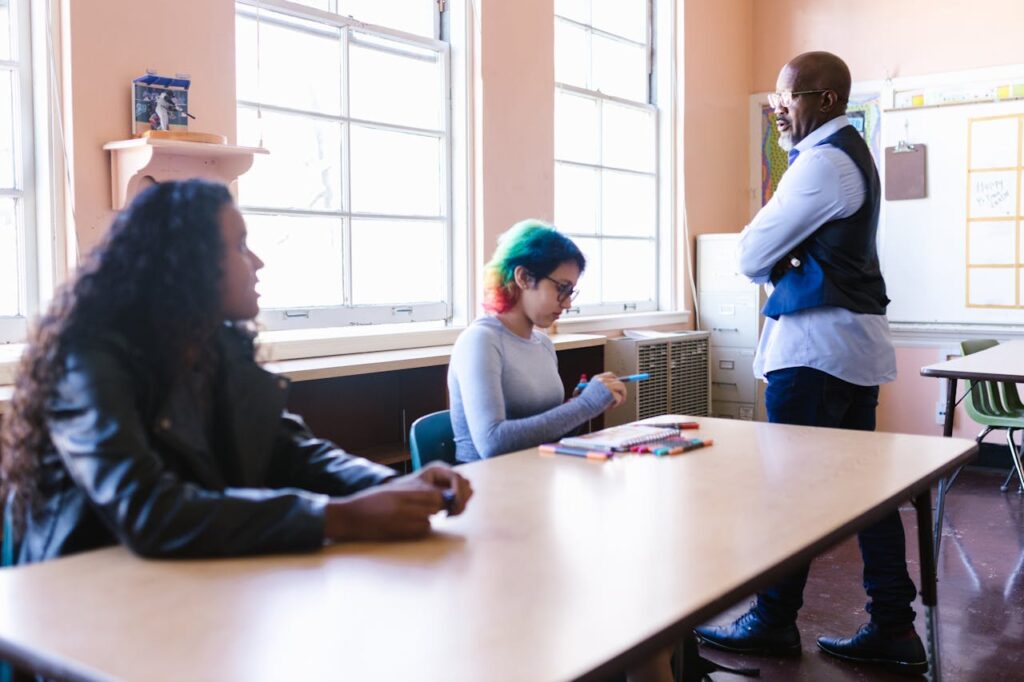
Entire classes were sometimes punished for one student’s behavior, missing recess, extra homework, or classroom scolding. The idea was to pressure students into policing each other. Today, this is considered unfair and counterproductive. Teachers are encouraged to use individualized responses and avoid punishing innocent students, promoting fairness and accountability without fostering resentment.
